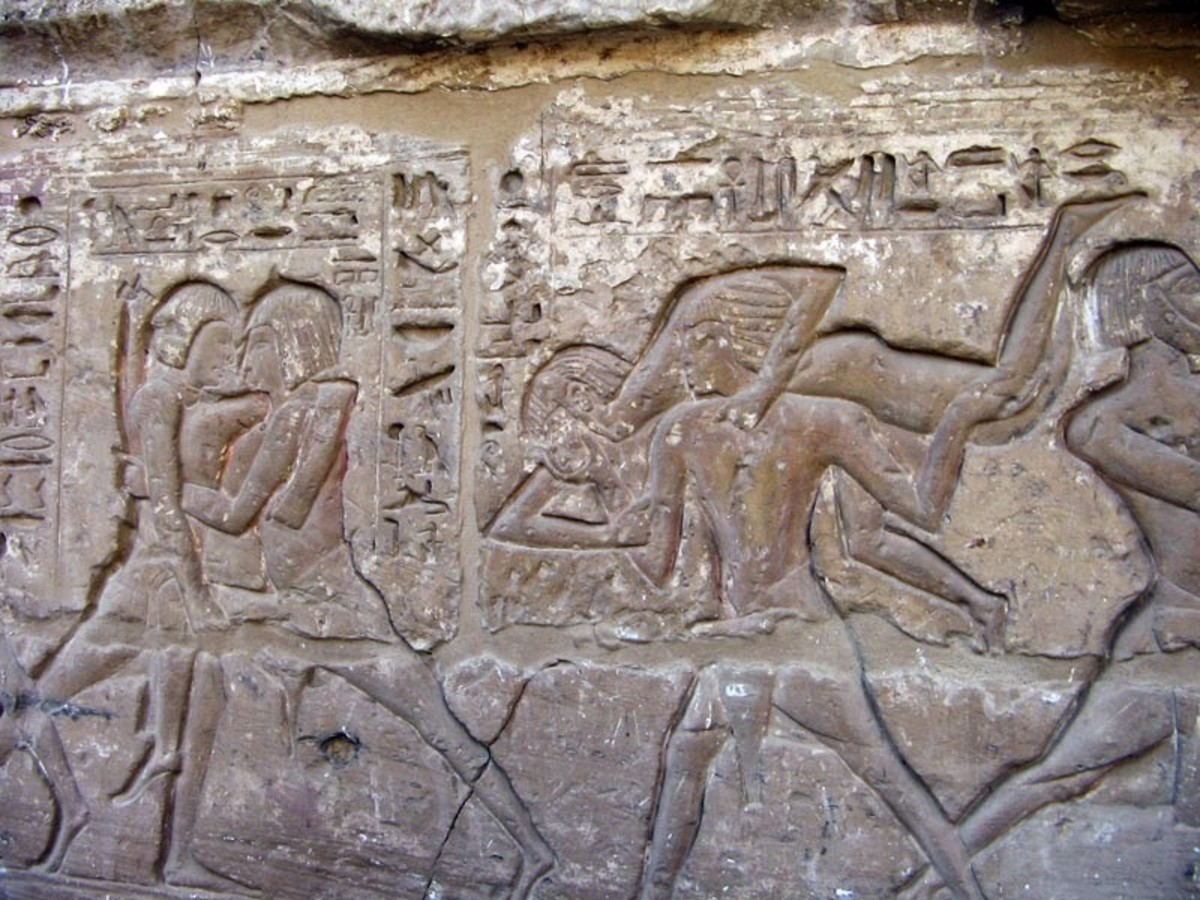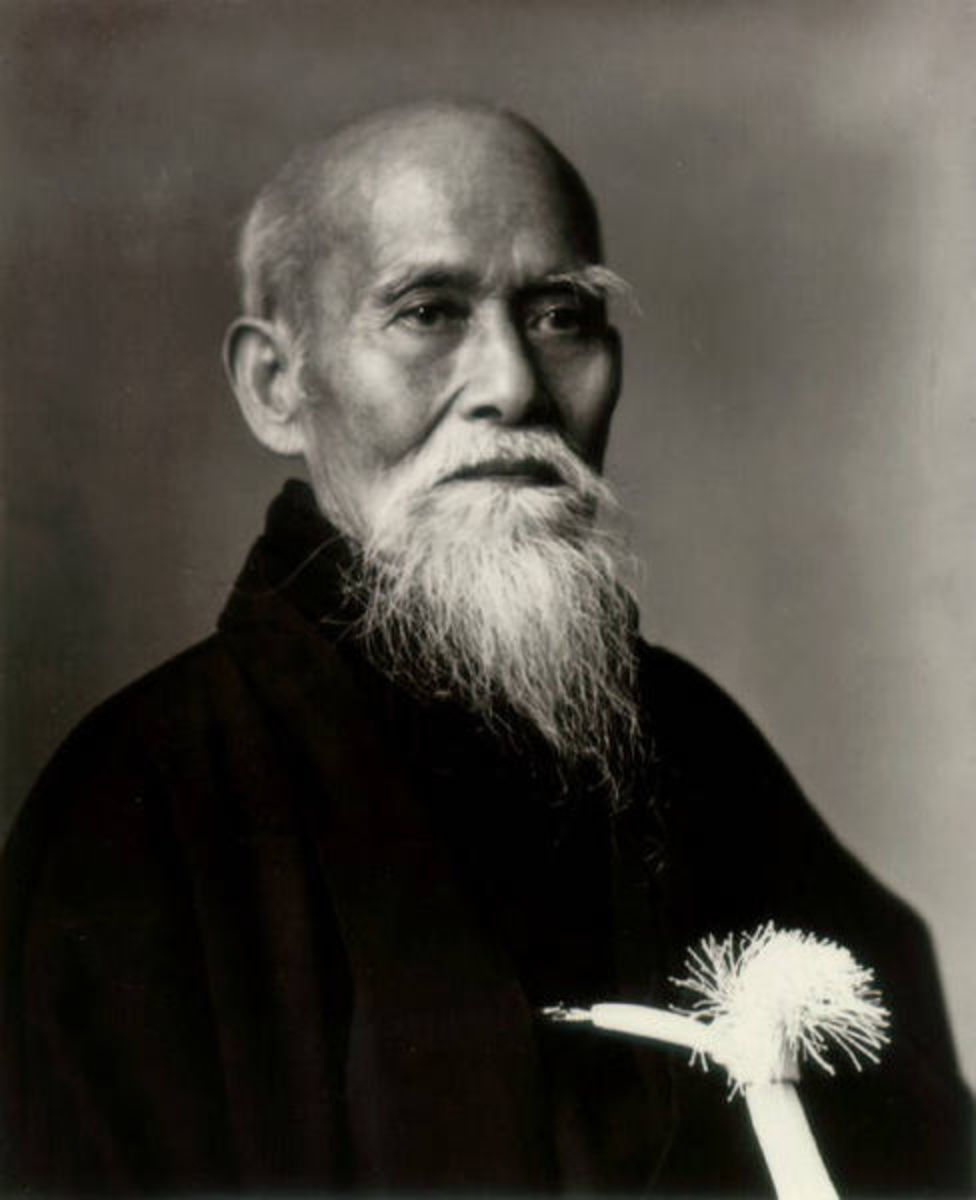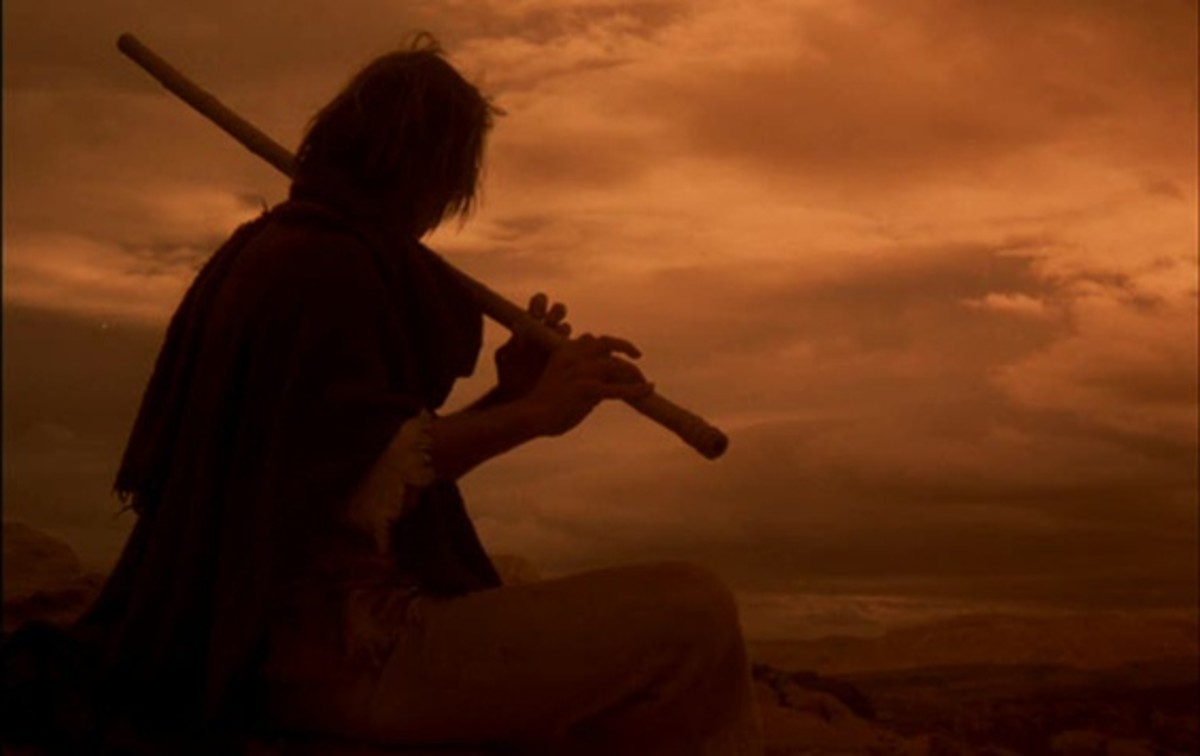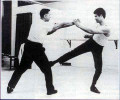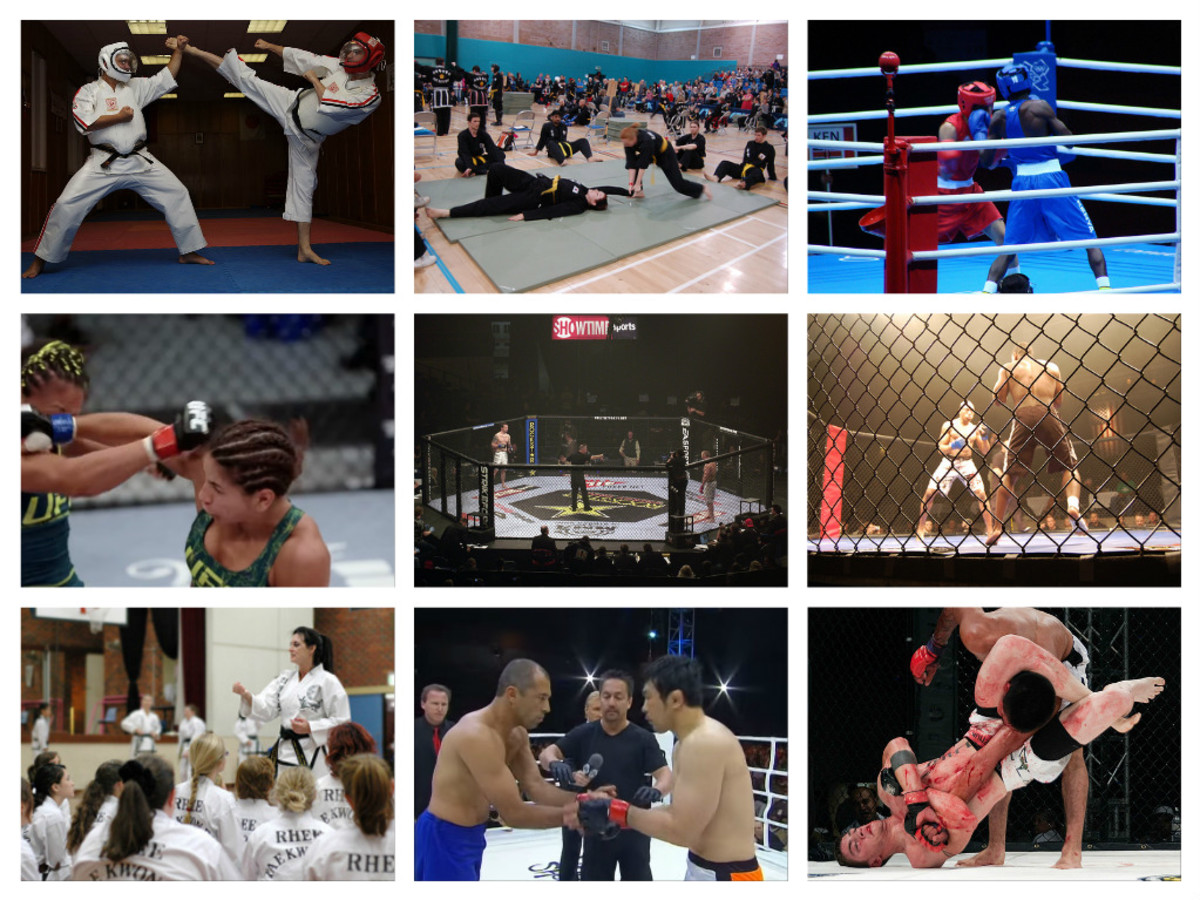Rare Martial Arts
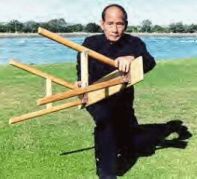
Bench
Description: The bench is a rare and ancient art, practiced by, believe it or not, the Shaolin. It's introduction to the plethora of already existing weapons styles at the time was criticized by some. After a few bench-to-face confrontations, many of the scoffers were forced to admit, with toothless mouths, that the bench did in fact hold some value as a fighting style.
Theory On Origin: So that Chinese peasants could defend themselves using basic items found around the home.
Possible Alternate Theory To give old people a way to protect themselves when the ducks at the park get a little too greedy and demand more seed.
Practicality Today 1/10. The benches of ancient China were nothing like the megalithic benches of today. Our footstools are a more appropriate comparison. So unless you're planning on being the most dangerous shoeshine boy in your town (a feat that could easily be accomplished by simply becoming the only shoeshine boy in your town since 1930) we suggest finding a more useful system of combat to practice.
Tagline to Be Said While Using this Weapon: Bet I can bench more than you!
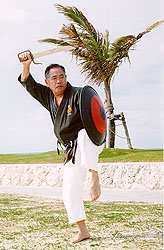
Timbei Rochin
Description: There comes a time in every man's life when he picks up a cooking pot and thinks, "How could I use this to kill someone?" There also comes a time in every man's life when he picks up a machete and pretends it's a short sword. The timbei-rochin weapon style combines these two fantasies into one kick-ass reality.
Origin: Okinawans wanted the protection of a shield without the cumbersomeness.
Alternate Theory: It's possible that this fighting style was designed for the final round of Iron Chef.
Usefullness: 0.5/10. The likeliness you will have both a machete and a wok fitted with arm straps on you at any given time is slim to none, unless you're purposefully carrying a timbei-rochin set around with you, which is illegal.
Suggested Tagline: "Ding. You're done."
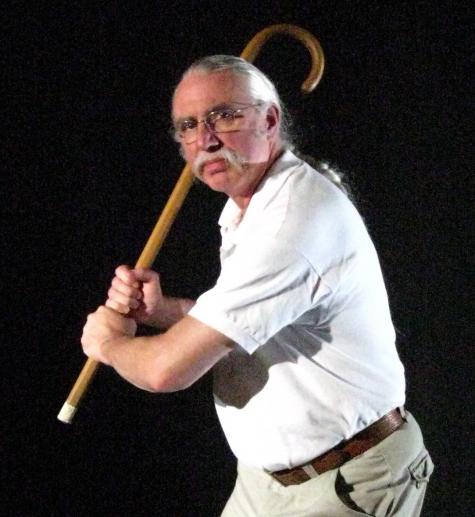
Cane
Description: Have you ever seen an old man with a walking stick and thought about how funny it would be to kick out that cane from under him? No? Well, even if some people acted on our impulses to harm the elderly, we might find them more formidable than they let on. The cane is the possum weapon. It gives the impression that it's wielder is crippled or at least a tad bit eccentric. But a well practiced cane fighter can have you walking with an all too ironic limp in no time if you pick on them.
Origin: The Chinese and Okinawans had been using walking sticks as weapons since martial arts first appeared. It was only a matter of time until someone put a hook on the end of a stick, called it a cane, and began kicking ass with it all the same.
Alternate Theory: Designed to deal with young whippersnappers.
Usefulness: 8/10. This is actually a very useful style to know. A cane is one of the only weapons you can take on an airplane. It's deceiving nature allows for it to slip under the notice of authorities and keeps you armed at all times. Like all weapon's styles though, it can be a bit cumbersome to carry a cane everywhere you go.
Tagline: "Now who's limping?"
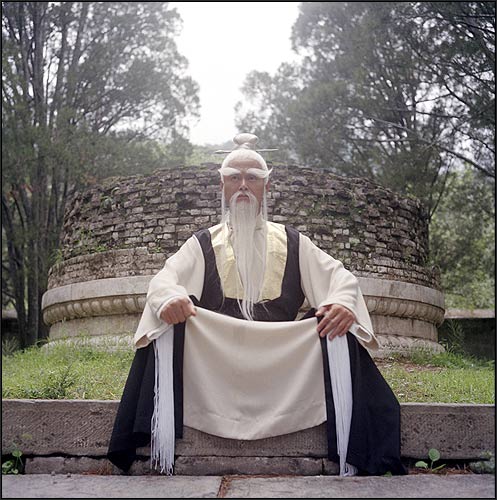
White Eyebrow (Pak Mei)
Description: Fans of Kill Bill may be recognize this one. Pak Mei, called White Eyebrow in English, has sometimes been referred to a Pai Mei. It was this version of the name that Quinton Tarrentino used this character in Kill Bill Vol 2. Yes, he was real. And yes, he was responsible for the deaths of many Shaolin Monks. White Eyebrow was the Darth Vader of Shaolin. There are many stories surrounding the figure that have too many variations for them all to be true, but all the stories have three things in common: White Eyebrow betrayed the Shaolin to invading forces and led an assault against their temple, and he developed a deadly fighting art that attacks pressure points on the body to kill opponents with a technique the Chinese call dimak (death touch). So yes, if you wanted to really stretch the truth, one could argue that the five-point exploding heart technique is real. Only it would have been more like the one-point heart stops instantly technique.
Origin: The art was developed by the Shaolin Monk, White Eyebrow, for whom it is named. It's believed by some that he was expelled from the Shaolin Temple for practicing his new style on a fellow student by killing them.
Alternate Theory: The Shaolin designed this style years ago to look badass when Kill Bill was made.
Usefulness: 9/10. Hey, if you can locate a Shaolin Monk and diligently learn the prerequisite styles until they finally teach you White Eyebrow, then this style will be totally worth the effort.
Tagline: "We have unfinished business..."
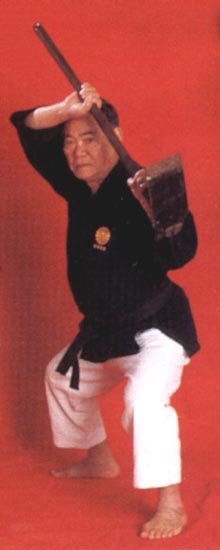
Kuwa (Hoe)
Description: The Okinawans were in the habit of turning ordinary farm tools into deadly weapons, so it should be expected that a long stick with a curved piece of metal on the end would meet their standards for weaponry. The hoe is a rather simple art, as most staff styles are. The art consists mostly of using the long wooden part to block against attacks, and the metal part for burying into people's skulls. Nothing fancy here.
Origin: Farmers are simple folk. So, it should be expected that when they need to defend themselves, they'd rather not retrieve a sword and then dance about as they fight, executing a series of complicated, fanciful moves. They'd much rather pick up one of the many tools lying about their farm, crack a few heads, and then go inside to have some rice wine.
Alternate Theory: Two farmers got drunk one night and decided to make up their own fighting style.
Usefulness: 5/10. Though some gardeners may have hoes at their homes, the weapon is a bit too specific to be practical enough for the average American. Learning how to use a hoe may give you an advantage in a barroom brawl if you get a hold of a pool cue, but not as big of an advantage as if you learned bo staff of sword, which have much more generic movements that can be generalized to other weapons. To put it simply, if you can use a hoe, you may be able to figure out how to use a bo staff. But if you can use a bo staff, you can figure out how to use a hoe, a pool cue, a broom, a short staff, etc...
Tagline: "Never mess with a pimp and his HOE!"
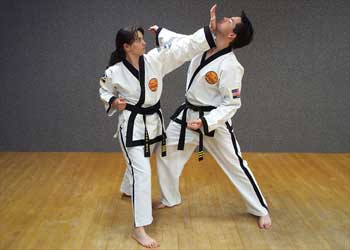
Moving Shadow
Description: Moving Shadow is another hand to hand style that sounds like something out of a bad kung fu movie. This Shaolin style teaches its practitioners to mimic their opponents movements to defeat them. When an enemy throws a punch, a Moving Shadow devotee will shift to the side slightly, so that the attack barely misses them, while throwing a similar punch at their opponent. The style, though devastating when employed correctly, is considered very difficult to learn. One can only imagine how many hours of gameplay these crafty monks rack up against Shadow Link in the Legend of Zelda games as they perfect their art.
Origin: Martial arts in America is about learning discipline, self-esteem, and sportsmanship. Martial arts in the ancient Orient were about deception, cheap shots, and winning at all costs. Fighting wasn't about honor or competition; it was about saving your ass. So if you envisioned the inventor of Moving Shadow as that kid on the playground who would win fights by throwing sand in people's faces and running away, you're probably right.
Alternate Theory: At some point in Shaolin's history, a particularly annoying but deadly master came up with this style to harass his opponents to death.
Usefulness: 10/10. We're ranking this one higher than Pak Mei because the Shaolin will be just slightly more likely to teach you Moving Shadow than the art of the man who betrayed and helped slaughter an entire temple.
Tagline: "Want to shadow box?"
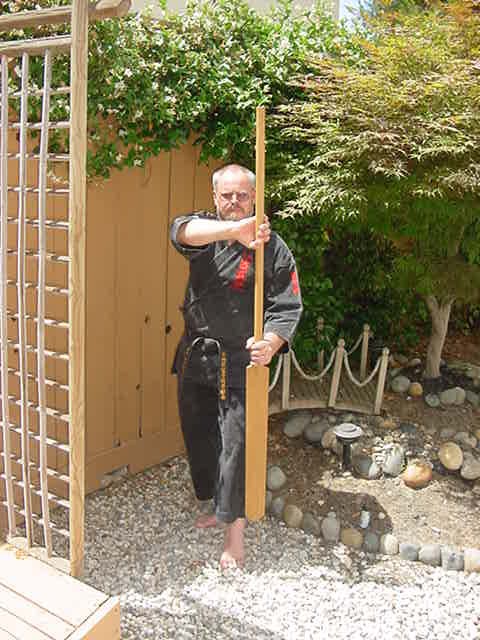
Eku (Oar)
Description: This is an oar. Only, modern eku may not be very good oars since they've been modified slightly, and made of sturdier wood, for better fighting. But originally, this was just a tool for rowing a boat.
Origin: Most likely, this weapon like many others, was invented by some random guy who, while being attacked, had the presence of mind to pick it up and club someone to death with it.
Alternate Theory: There is a legend that...is actually pretty much the same story only more dramatic. The legend goes that the Samurai, Musashi Miyamoto, who was considered to be the greatest swordsman of all time, was challenged to a duel on the beach of an island. Not thinking much of his opponent, Musashi stayed up drinking the night before and was a little hung over the next morning. After setting out in a small boat for the Island, he realized that he forgot his sword. So, being the great fighter that he was, when his boat landed on the beach where his enemy stood waiting for him, Musashi picked up and oar, stepped out of the boat, and killed his opponent in one swing. Whether or not this is the origin of the eku, it is nice to know that this story actually happened.
Usefulness: 5/10. As with the hoe, the eku takes back seat to the bo staff. So unless you're planning any ocean-side brawls that involve dramatic rowboat landings, we suggest learning a more general style.
Tagline: "Row, row, row your ASS!"
Thanks for reading!
Leaving a comment is a great way to show your appreciation.
But clicking on an ad is even better...


